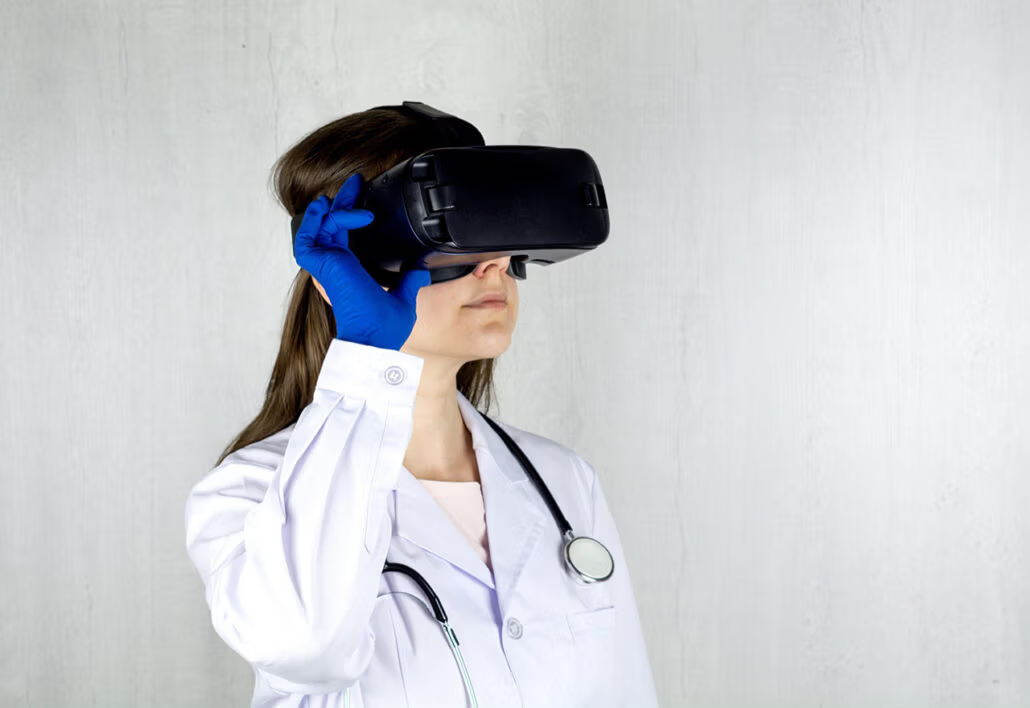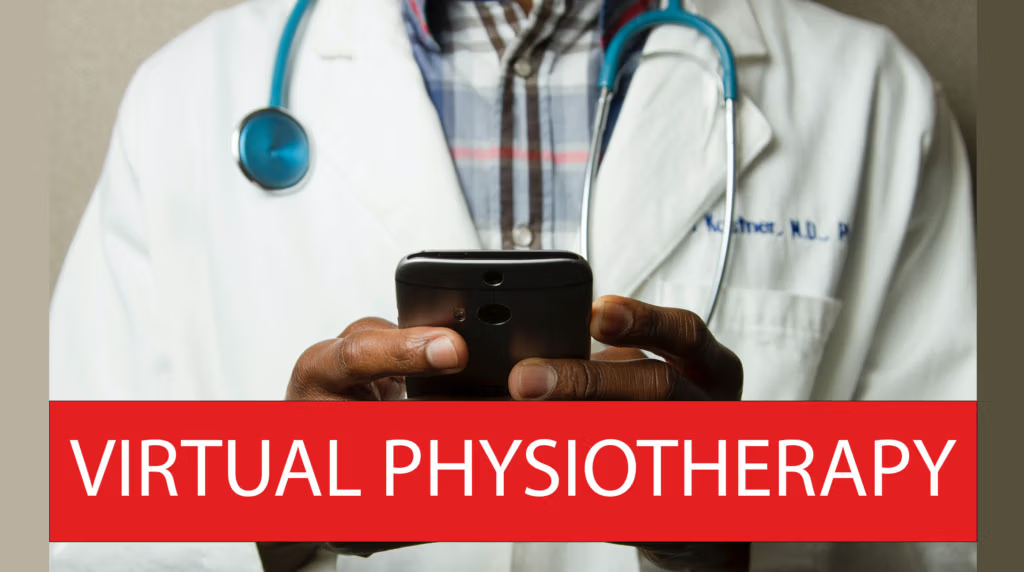Covid-19 did a lot of things back in 2020 to shift the way we think about physiotherapy. Face-to-face interactions posed certain issues to high-risk individuals that we haven’t faced before. Everything about the care process needed to be re-imagined to allow patients uninterrupted access to their healthcare providers. For those able to come into the clinic, this meant pre-screening, booking, and PPE procedures were put into place. For those unable to come in, a shift to online physiotherapy was needed, and fast.
Speed was of utmost importance. For high-risk individuals (those above the age of 75 and/or with pre-existing medical conditions), we wanted to limit their gap in care. A lot of them were already dealing with issues completing activities of daily living, and physiotherapy was essential to maintain their quality of life. For others suffering injuries, treatment was needed to improve recovery outcomes and/or safe return to work. We had to overcome some steep hurdles to transition to physiotherapy online for those who needed it the most.

OVERCOMING THE HURDLES OF ONLINE PHYSIOTHERAPY
Mid-March of 2020 was when the first lockdown occurred. At that time, the swift addition of virtual care was our highest priority. Although we faced many hurdles, we outline the largest ones below:
1) WiFi Connection: This was probably the biggest hurdle as it limits everything else. If you didn’t have a proper internet connection, everything else wouldn’t work. A few things helped to eliminate this issue. The first was to get patients to test their internet connection prior to their scheduled session (we recommended a couple of days in advance). They were simply told to “google: internet speed test” and click the blue button google provided. This would run a quick test that would give them data on their download and upload speeds.
We recommended speeds of at least 20 Mbps. Anyone with a working internet connection these days should be able to achieve such speeds. However, if their internet connection wasn’t sufficient there was likely an issue. They were then told to try troubleshooting it on their own if they could. Otherwise, we gave them instructions on how to contact support so they could resolve the issue in a timely manner.
2) Camera/Microphone: This is definitely the easiest problem to solve and here’s why: we all have cameras on our phones. As long as you’re not prehistoric in your phone selection, anything will do. If you don’t have a working phone, ask a spouse/family member for one. Cameras can also be found on most laptops too if that’s the route you prefer. And even if finding a camera is still an issue, online physiotherapy doesn’t have to be limited to a phone/computer screen. Virtual physiotherapy can be done through a phone call too so you have options. Patients were told to maximize both the volume and brightness on their phones to improve communication.

3) Spacing/Equipment Issues: Because these sessions were done in the comfort of a patient’s home, proper spacing was needed. The camera needed to be placed in an ideal position to visualize the patient as well as the space around them. Enough clearance would be needed to move into and out of positions instructed by the online physiotherapist. If they had hard floors, they were recommended to purchase yoga mats. A well-lit room was recommended but not necessary. Most of the time, equipment was easy to access – they were easily purchased online and usually included things like resistance band/strips, stability balls, yoga mats, foam rollers, and light dumbbells.
4) Limited to Corrective Exercises & Education: The ultimate limitation of online physiotherapy is that it eliminates the crucial hands-on component. However, when done properly, therapeutic exercise is an effective and evidence-based approach that can help patients achieve their health outcomes. A physiotherapist must be very keen on details, focusing on the patient carefully to maximize their form. Education is also very important. Things like lifestyle modification, posture correction, ergonomics, and more are vital in improving the quality of life. When carefully crafted, these types of treatment programs do show results in the short and long term.
WHY VIRTUAL PHYSIOTHERAPY IS HERE TO STAY
Entering 2021, Covid-19 is still an issue we must face. Optimistically, this pandemic is approaching its eventual end with the release of vaccines this past December but we’re not quite done. Many companies have already shifted to work-at-home for the foreseeable future and many of them will stay that way. Practices like enhanced hygiene, social distancing, and screening will still be ubiquitous in our culture going forward.
The above factors alone mean that virtual physiotherapy is not going anywhere. In fact, physiotherapy online will become more common in a post-Covid world. Patients are already seeing positive health outcomes through the creative use of video chat. More platforms are offering video chatting services for no charge. Zoom will allow a video call for up to 45 minutes with anyone on the planet using their free account for example. What will change is how much we innovate to improve the process.

Virtual and augmented reality is already a thing. However, their development into the health sector will help add tools to the physiotherapist’s online toolkit. Putting the patient in a virtual world can help those with work-related injuries. Goggles can help put them in a virtual environment to practice a safer return to work. Patients dealing with balance and coordination issues in certain environments (e.g. intersections or public spaces) can develop confidence with the use of virtual reality and careful instruction by the physical therapist.
A patient’s access to care will also improve. With physiotherapy online, they no longer need to commute or sit in waiting rooms. It becomes easier to connect them with their physical therapists too. These factors alone will make this concept stick for good. Still doubting that 2021 is only the beginning of online physical therapy?

